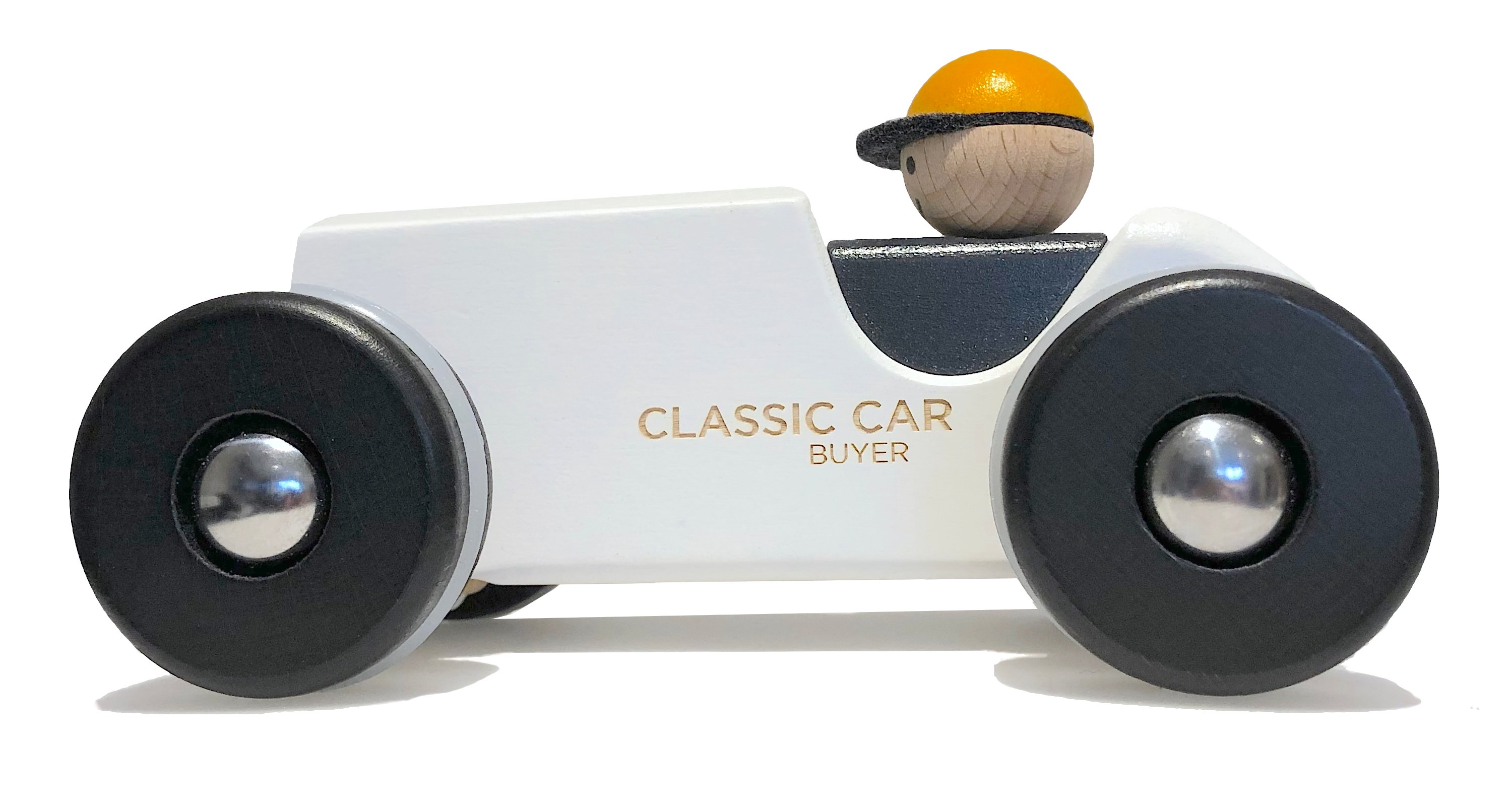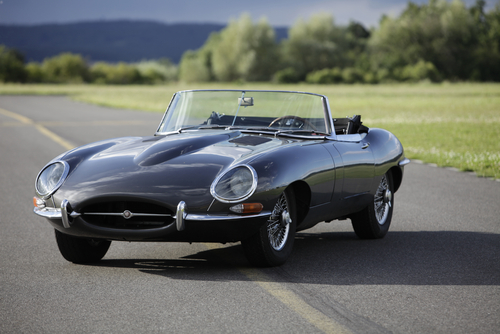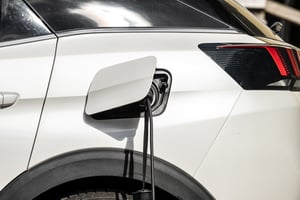In the world of classic cars, the marriage of timeless elegance and cutting-edge technology may...
Have you ever wondered how to take the best photographs of your classic car? Perhaps you are thinking of selling it, and you’d like some great shots to show the car off in its best light, or maybe you just want to display a lovely picture of your pride and joy on the mantelpiece? In the world of classic cars, every curve, every gleaming chrome accent and every roar of the engine tells a story of a bygone era. Capturing the essence of these special vehicles requires more than just a camera - it demands an appreciation for the art of classic car photography in order to get the very best shot. In this blog post, we’ll explore the nuances of this craft and delve into the techniques that elevate classic car photography to an art form.
1. Choosing the Right Setting
The backdrop plays a crucial role in classic car photography. One idea is to try to opt for locations that complement the era of the car, or mimic those scenes found in popular films. If you have a Mini Cooper, for example, you might like to take pictures in an urban environment or on a cobbled street. Ultimately, carefully selecting your settings can add some depth and context to your photographs. It’s often best to have no other vehicles visible in the background, in order to showcase your particular car for the star that it is.
2. The Magic of Light
Lighting is everything in photography, and the golden hours - just after sunrise or just before sunset - offer a soft, warm glow that beautifully enhance the curves and details of classic cars. Try to avoid taking photos at midday, when the direct sun can make the lighting levels a bit harsh. Nighttime shots often benefit from using a tripod for both remote release and also long shutter speeds, which allow more light to hit the sensor. Pick the right time of day and your pics can look positively magical due to the perfect lighting.
3. Framing and Composition
Do pay attention to the framing and composition of your shots. Experiment with angles that highlight the unique features of the car, and aim to capture close-ups of intricate details like emblems, bonnet ornaments or finely crafted interiors to showcase the craftsmanship of your classic car. Use a low shutter speed for the interior shots of the car to keep your photos looking ultra sharp for the close ups.
4. Reflections and Mirrors
Classic cars often have glossy finishes that create captivating reflections. You can make good use of puddles, windows or even strategically-placed mirrors to capture intriguing reflections that add depth and intrigue to your photographs. Reflections can also be your enemy, though, so it’s really important to look closely at the car before you take pictures, to see what is reflected on both its surfaces and in its mirrors as there may be some reflections that you don’t want to be there (and remember that may include your own reflection!)

5. Storytelling Shots
Why not introduce a narrative into your images by capturing moments that tell a story? Candid shots of owners polishing their prized possessions, showcasing vintage accessories, or even wearing period-correct clothing can transport this type of photography to a different era. And it can be super fun to do! (I’m thinking of a Duesenberg here, with a flapper dress, Gatsby-style…)
6. Playing with the Shadows
Shadows can be powerful tools in classic car photography, so do be brave and experiment with shadows to emphasise the shapes, lines and contours of your car. Backlighting can also create dramatic silhouettes, which can add an element of mystery to your shots.
7. Mastering Depth of Field
Use a shallow depth of field to isolate the car from its surroundings. This technique draws attention to the main subject while creating a dreamy, cinematic effect that enhances the overall mood of the photograph.
8. The Devil is in the Details
Classic cars are known for their intricate details. Focus on capturing the craftsmanship - the chrome details, badges, and other unique features that distinguish the car from others, and these close-ups bring out the personality of the vehicle. Use a tripod where possible, to make sure you are as still as possible when taking the shot.

9. Have Patience for the Perfect Moment
Classic car photography often requires patience. Wait for the right moment, whether it’s the perfect lighting, a passing cloud that diffuses sunlight, or the absence of distracting elements in the background.
10. Post-Processing Magic
Post-processing - even on your phone, if that’s what you are using - can be the final brushstroke that elevates your classic car photos to a new level. Experiment with vintage filters, colour grading and subtle adjustments to enhance the nostalgic feel and timeless elegance of your images.
Classic car photography is more than just a technical skill - it’s an art that captures the spirit of the different eras. Whether you’re drawn to the sleek lines of a 1960s Aston Martin or the timeless charm of a vintage Porsche 911, the art of classic car photography allows us to share the magic, beauty and elegance of these masterpieces with the world. With the right techniques and a keen eye for detail, each photograph becomes a journey back in time, preserving the legacy of classic cars for generations to come. Have fun taking your photos, and let us know in the comments any top tips you might have with regards to classic car photography.







